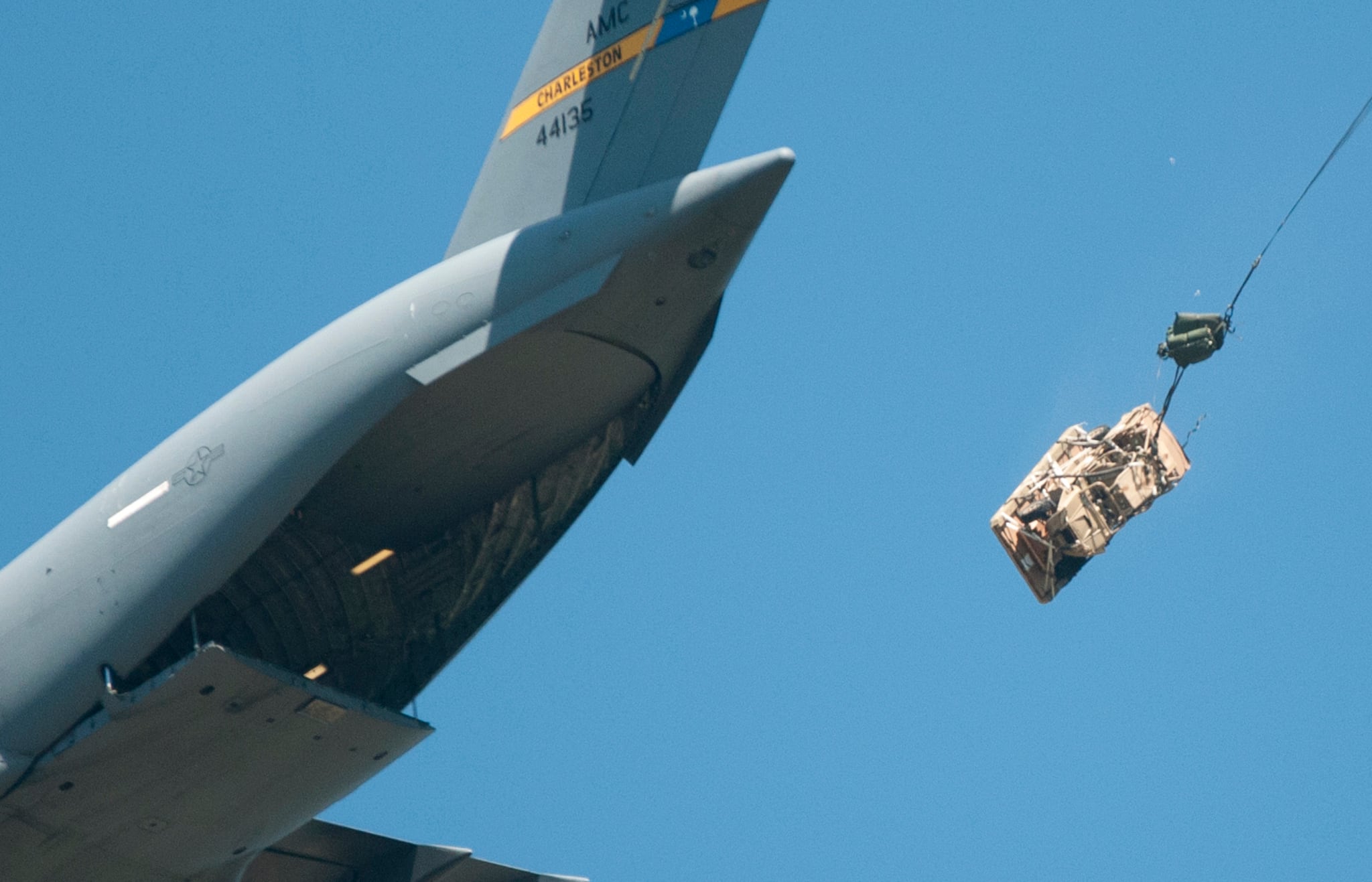One of the most famous pet peeves of overbearing sergeants – hands in pockets – may be conquered by science. If early Army research is successful, there may soon be a way to keep bare hands nimble and warm even in the coldest weather conditions.
Of course, there’s been an out-of-pockets solution to the cold hands problem for quite a while – gloves. But even the best mittens cut down dexterity by as much as 50 to 80 percent, Army research shows.
Scientists with the Army Research Institute of Environmental Medicine have conducted experiments to see if heating either the face or forearms could keep bare hands warm enough to work in cold weather without wearing gloves.
RELATED

One reason fingers stiffen in cold weather is that lower temperatures impact synovial fluid — the fluid in joint cavities that allows for smooth movement.
“The biggest issue is lack of blood flow,” Dr. John Castellani told Army Times.
Castellani has worked as a research physiologist with the institute since 1995. He focuses on cold, heat and altitude physiology for soldier performance and injury reduction.
One way to keep the blood flowing is exercise, which raises core temperature so warm blood keeps moving to the hands. But once the activity stops, the temperature lowers.
“People experience this when they run,” Castellani said. “They start off wearing gloves and then take them off as they get warmer during the run.”
Castellani and other researchers put soldiers into a test chamber at the institute’s site Soldier Systems Center at Natick, Massachusetts, part of the Combat Capabilities Development Command.
A total of eight volunteers participated: Two women and six men. They sat quietly in the chamber, wearing three layers of Army Extended Cold Weather Clothing Ensemble on the torso, two layers on their legs, wool socks and intermediate cold weather boots, a balaclava or fleece hat.
Their hands were bare during testing, and the chamber was set to 32 degrees Fahrenheit.
Soldiers were asked to rate their comfort and tested for hand strength and dexterity through two hours of cold exposure. They were then instructed to place as many pegs, sleeves and washers together using both hands in under one minute. They also loaded a weapon magazine with as many dummy cartridges in about two minutes. Researchers took measurements.
Forearm warmers, which are intended to simulate the warming effects of exercise, required about 41 watts of electricity — about what is required to power a low-light house lamp. By using a warmer wrapped around a test subject’s forearm, researchers were able to raise the finger skin temperature from 50 degrees to 55 degrees. While small, that slight bump added 50 percent more dexterity.
The goal, Castellani said, is to reach about 60 degrees for finger skin temperature.
But researchers didn’t only try to warm the hands that way, they also tried to increase blood flow by warming a subject’s face.
“The face was tested because our physiological knowledge tells us that cooling the face causes a constriction in the blood vessels supplying the periphery (hands and feet),” he said.
The group tried the reverse, seeing if heating the face would also heat the hands and feet.
“It didn’t prove so,” Castellani said.
In a scientific paper published in the Journal of Applied Physiology in 2018, Castellani and his co-authors noted that researchers have tried myriad ways to warm hands and fingers by applying heat in a variety of ways and places.
Methods included immersing a leg in hot water, torso-only heating and combined torso, arm and head heating. All demonstrated that hands and fingers can be warmed somewhat through these auxiliary approaches.
While they have had some success, they haven’t gotten the warmers out of the laboratory, mostly because they require too much electrical power to be effective, according to the paper. The team’s research has, however, resulted in a pending patent for the device and three small business grants to industry that will work to develop their own versions, wrote Mallory Roussel, USARIEM spokeswoman.
The attempt at face heating also wasn’t in vain. Previous research had showed that simply wearing goggles and a balaclava in 5 degree air temperatures helped blunt finger and hand cooling, according to the paper.
Though the results are promising, don’t go tossing your mittens in the trash just yet. Further testing is needed, and Castellani said fielding is years away.
Todd South has written about crime, courts, government and the military for multiple publications since 2004 and was named a 2014 Pulitzer finalist for a co-written project on witness intimidation. Todd is a Marine veteran of the Iraq War.




